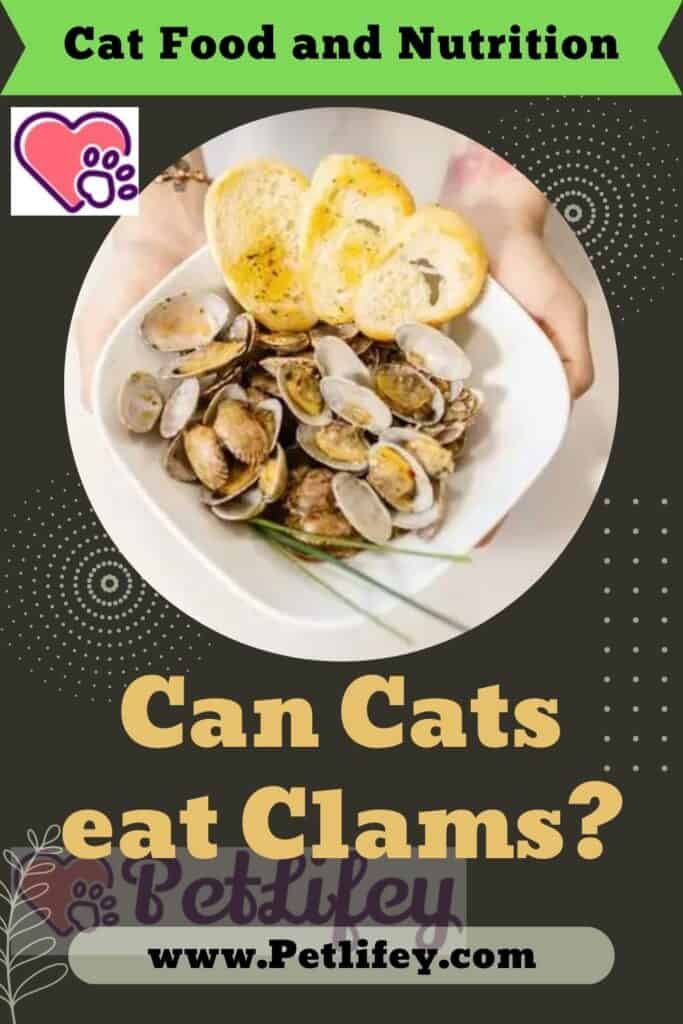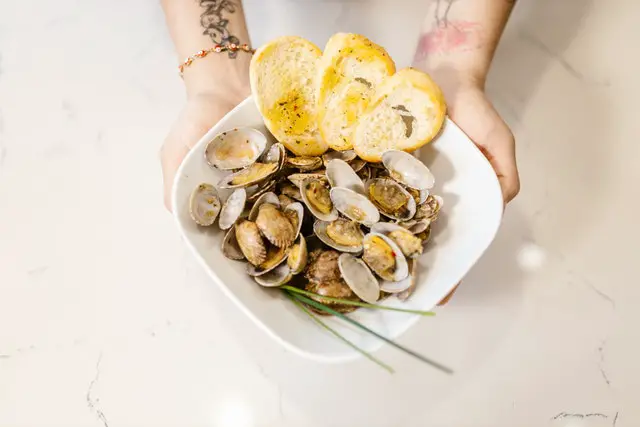
There are foods that are harmful to the body of cats, while others are a source of great benefits: let’s find out why we should give clams to cats.
Cats have a protein-based diet and should eat mainly meat: animal proteins are the primary source of energy and nourishment for these cats, coming both from foods such as poultry, beef, offal, etc. and from fish, molluscs and crustaceans.
In particular, many human cat parents wonder whether their four-legged friends can eat seafood: for example, can you give your cat clams? In this article we will answer this question by listing the risks and benefits of clams for cats and how to integrate them into their diet.
Clams in cat nutrition: everything you need to know

Let’s start immediately by saying that clams are among the foods suitable for feeding cats, together with other types of seafood and crustaceans such as shrimp. The important thing is to regulate with the quantity and frequency: the clams must be an occasional food, to be given to the cat from time to time without, however, integrating them permanently into his usual diet.
But why are they so important and healthy? Clams are among the foods richest in taurine, an amino acid essential for cat health. In fact, taurine has very varied beneficial properties, including antioxidant action, the ability to regulate the amount of fluids in the body, stimulation of growth and muscle health, protection of the retina and prevention of eye diseases. in cats, action as a neurotransmitter.
Taurine is found in the hips in cat food normally on the market, however you must carefully read the label to understand whether it is artificial or natural taurine: in many, they compensate for the deficiency of the natural amino acid (the only one really useful for the cat’s organism) with additions from other artificial sources.
In addition to making sure you choose quality cat food, it is important to know which foods are naturally rich in taurine: in addition to clams and seafood in general, we also point out chicken, beef (especially liver), eggs. and dairy products. Furthermore, attention must be paid to the quantity: in each meal a cat can take around 200-300 mg of taurine, but it is good to ask the veterinarian for a specific opinion for each individual feline.
Cooking cat clams: recipe for cats with human ingredients
If you have decided to prepare a clam-based dish for you and your family, you might think about using some shellfish to offer your cat a delicious and super special recipe: we are talking about a clam and cuttlefish soup, cooked specifically to be suitable for feeding cat.
To prepare it, just set aside a dozen shelled and boiled clams from the recipe “for humans”. Combine the seafood in a bowl with 4/5 chopped cuttlefish, add a cup of the cooking broth from the clams and crumble about 50 grams of breadcrumbs into the bowl.






